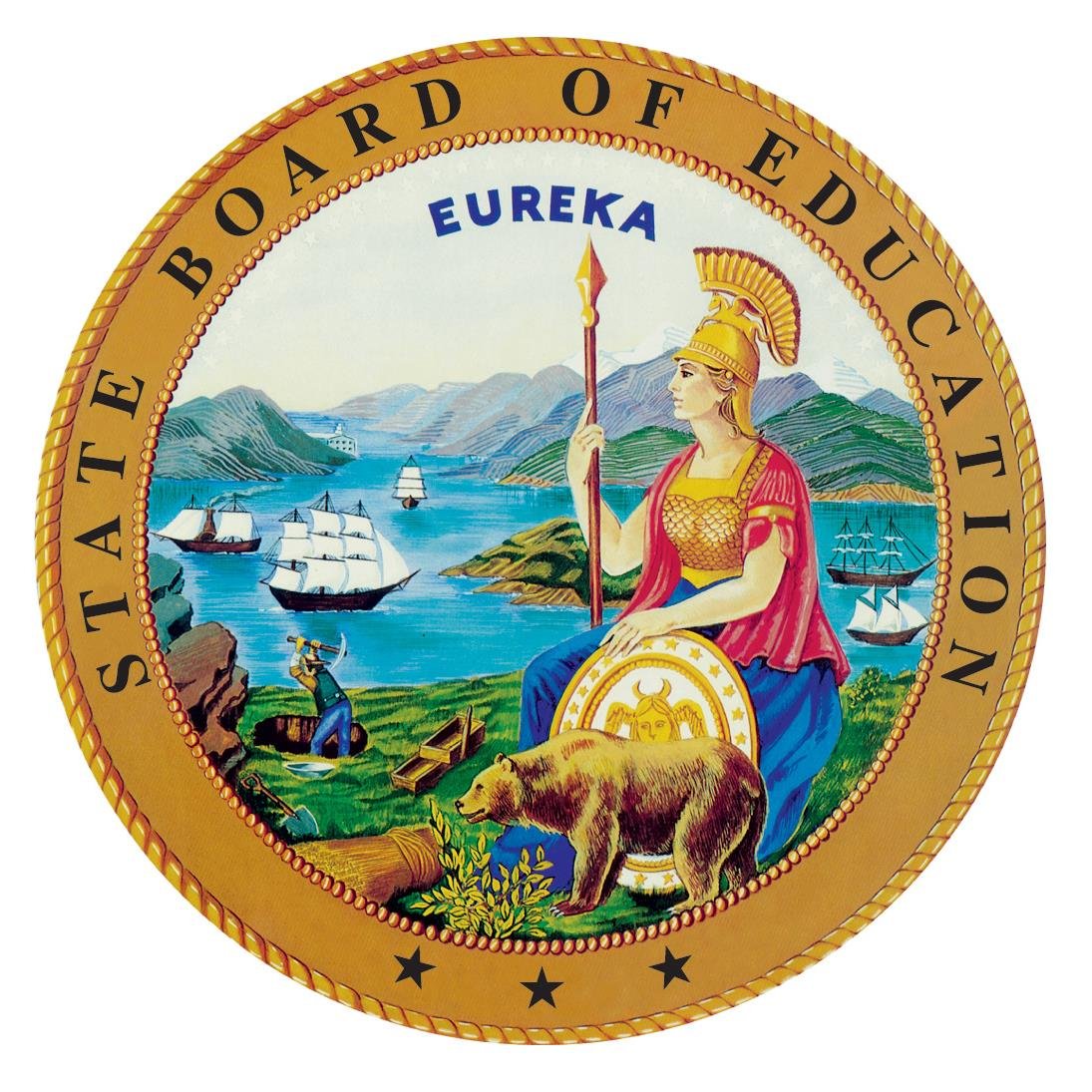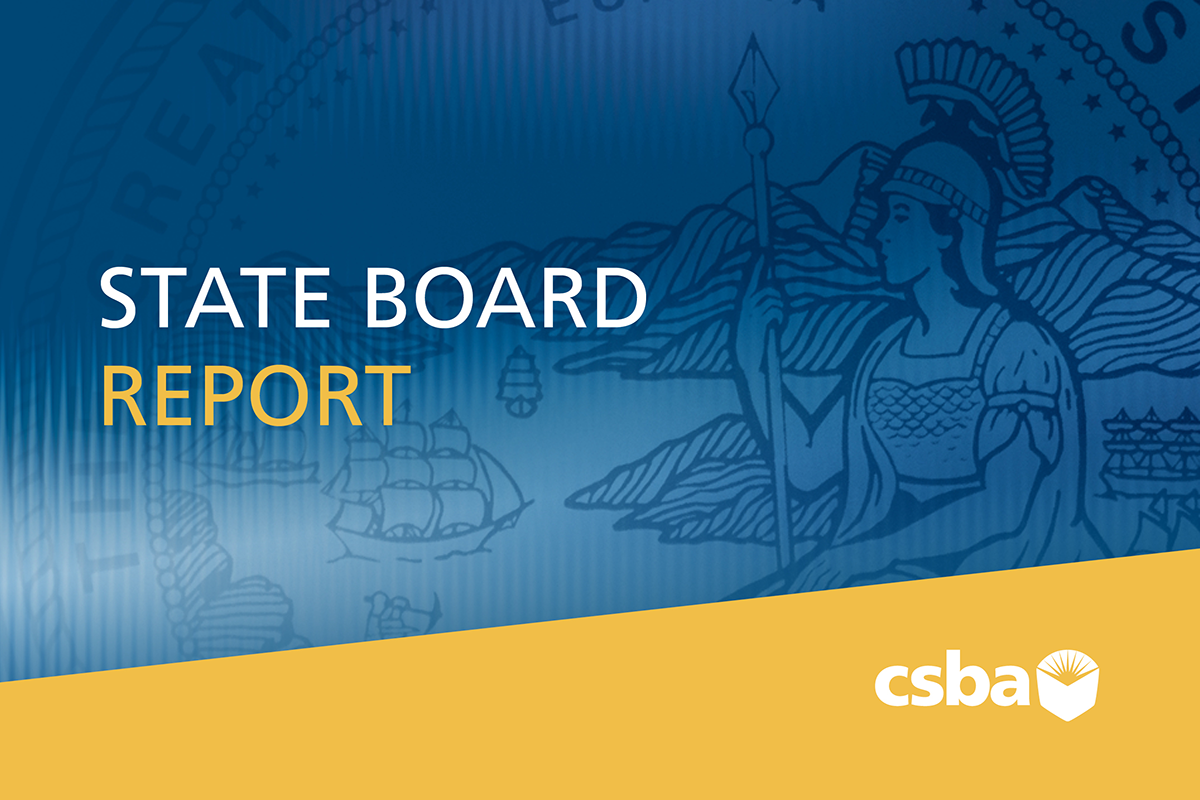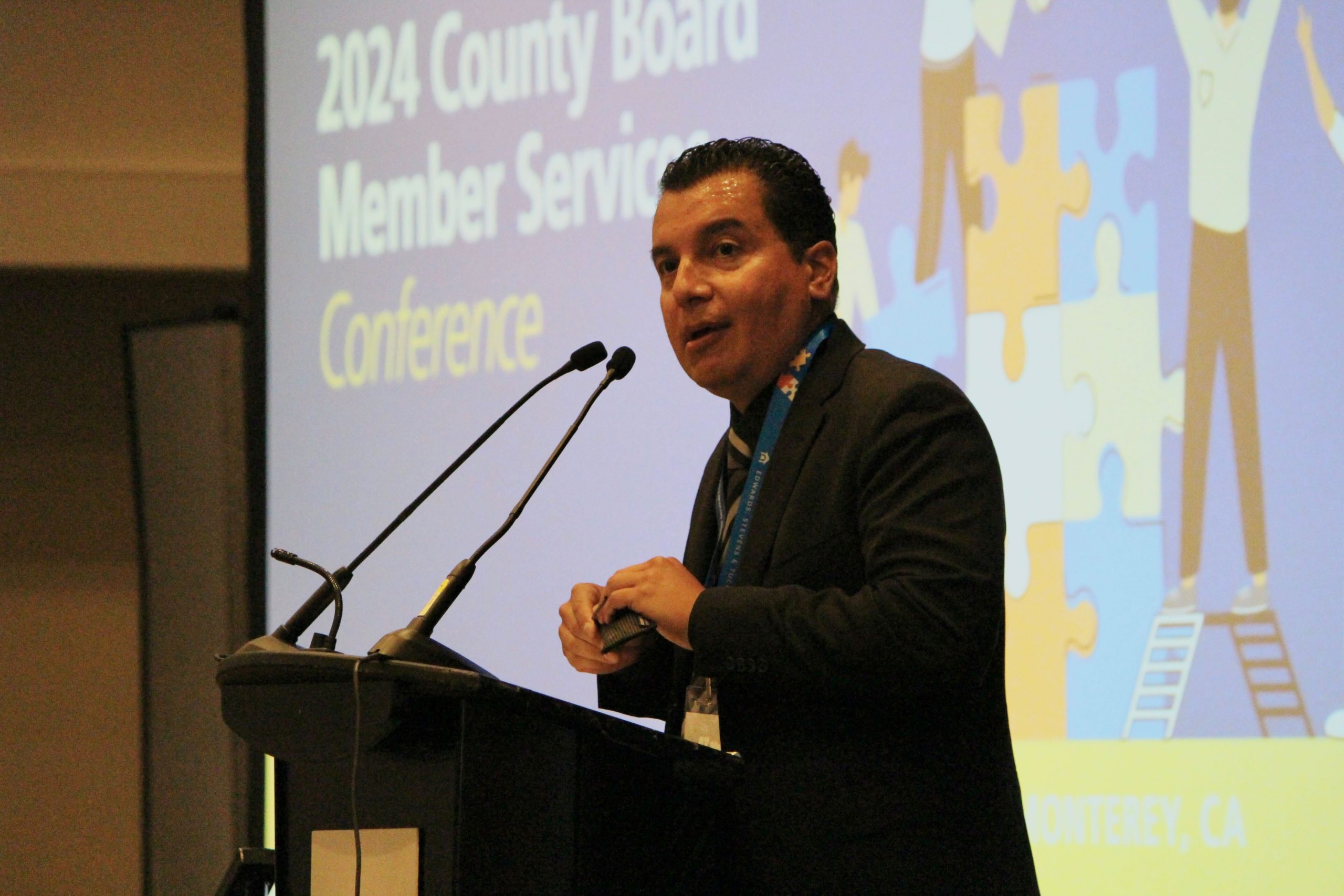“One thing is clear, it’s that we are going to be in a very unpredictable situation for quite a while,” State Board President Linda Darling-Hammond said in her opening remarks. “Clearly, teaching and learning will be organized in many different ways this fall in in-person, some distance learning, some hybrid learning, et cetera. It will need to be governed by purpose rather than by place.”
For local governing boards, State Board members said the most important of these resources is the Learning Continuity and Attendance Plan outlined in Senate Bill 98, the education budget trailer bill. The document, which replaces this year’s Local Control and Accountability Plan, is intended to offer a strategy for the continuity of instruction wherever students and staff are located.
By Sept. 30, the document must be adopted by districts and filed with the county superintendent, who may return it for recommendations for consideration. The same deadline applies to county office of education plans, which must be filed with the State Superintendent of Public Instruction, who also may return it with recommendations for consideration.
Newly sworn-in State Board member Cynthia Glover Woods, chief academic officer at the Riverside County Office of Education, emphasized the importance of the new plan as a road map for LEAs as they face a slew of difficult choices.
“There’s a lot to be done in the next 90 days. All of our schools and districts and LEAs and our charters are grappling with how best to reopen school within the next few weeks with the pandemic that continues to shift from one wave to the other,” she said. “It’s essential that the Learning Continuity Plan is thoughtfully developed, that there is stakeholder engagement at all levels, so that this plan is one that helps to really chart the path for what will take place in the 20–21 school year.”
California Department of Education staff said an initial template will be posted for public review on July 13, with the final document available to LEAs by Aug. 1. CSBA will be providing governing boards with information and other resources on the plan, which will require LEAs to include:
- A description of how continuity of learning will be provided
- Plans for in-person learning and distance learning program
- Plans to address student learning loss for 2019–20 and 2020–21
- Specific strategies for English learners, foster youth, special education, homeless students and students eligible for free or reduced-price meals
- How the mental and social-emotional health of students will be supported
New tools to help assess students upon their return
Inherent to discussions on the Learning Continuity and Attendance Plan were many concerns about learning loss and where students will be academically when they return to the classroom or continue distance learning. Darling-Hammond advised board members of a new document, “Implementation Tool: Guidance on Diagnostic and Formative Assessments,” which offers tools and strategies for measuring students’ learning; none of the assessments are required. Options include Smarter Balanced interim assessments, and practice and training tests for the California Assessment of Student Performance and Progress and the English Language Proficiency Assessments for California.
“It will be important as kids come back to school to really assess where they are. There’s a lot of concern about learning loss. Of course, kids are always learning. It’s a question of what they’re learning,” Darling-Hammond said. “But it’s going to be very important that we have good formative assessments when students return to school to understand where they are in their learning, to deal with it as a continuous progress forward rather than a deficit approach that labels or stigmatizes students when they return to school.”
With a vast majority of LEAs unable to even begin standardized testing before school closures in the spring, State Board member Ting Sun highlighted the need to use the document’s list of assessment tools that are already approved by the state. “Given that, we don’t have a summative assessment, what it does allow us to do in the fall, instead of focusing on what the students did last year, now we can really pivot and focus this fall on how students are coming into our system this year,” she said.
An additional resource is the Tools for Teachers website, a new formative assessment component of the Smarter Balanced assessment system that replaces the Digital Library. The preview website features many of the instructional and professional development resources that will be available with the official launch on Sept. 30.
Growth model test run to be presented in September
Outside of urgent COVID-19 issues, the State Board also heard an update on the development of a long-awaited student-growth model. A presentation by the CDE and Educational Testing Service offered an overview of a proposed new residual gain methodology developed by ETS to help stabilize the state’s proposed student-growth model (residual gain is the difference between a student’s predicted test score and actual test score).
ETS is now slated to conduct a test run using residual gains data from the 2016–17, 2017–18 and 2018–19 school years that will be presented at the September State Board meeting. The board could possibly adopt a model at its November meeting, but state testing disruptions caused by COVID-19 mean data won’t be incorporated into the California School Dashboard for at least a couple of years, said Cindy Kazanis, director of the Analysis, Measurement & Accountability Reporting Division.
“I see this process similar to getting your graduate degree, maybe even your dissertation,” she said. “Because it’s going to take us about seven years when we think about when we started in 2016 to completing this process in 2022 or 2023 with the incorporation of the growth model into the accountability system.”
CSBA will continue to participate in the CDE’s Growth Model Stakeholder group as the process moves forward.
In other State Board meeting news:
- After holding public hearings offering strong support, the State Board approved the 2020 California Arts Education Framework for Public Schools, Transitional Kindergarten Through Grade Twelve, which provides guidance and support in arts education in implementing the 2019 California Arts Standards. The board also approved the 2020 World Languages Framework for California Public Schools, Kindergarten Through Grade Twelve, which are aligned to the state’s 2019 World Languages Standards.
- In a wide-ranging update on assessments, CDE staff highlighted a July 1 letter providing English learner reclassification guidance and an updated Summative ELPAC testing schedule. For students who did not complete testing in the spring, an optional fall Summative ELPAC will be open from Aug. 20–Oct. 30, 2020.
- The State Board ratified California’s Education Stabilization Fund-Rethink K12 Education Models Grant application. The federal program was created to provide support in states with the highest coronavirus burden. If funded, the state seeks to establish the California Open Education Project: Developing a Statewide Remote and Distance Learning Online Course Access and Learning Management System. The project would “provide access to college and career distance learning curriculum for educators and parents, especially for those in remote and rural regions that have historically lacked funding and/or capacity to access quality digital coursework and content to supplement or replace site-based instruction.”
- The CDE announced that a new, detailed report on graduation rates was released in June on the Dashboard for traditional high schools. The report displays the percentage of students in the Dashboard graduation rate that graduated in four years, and the same information for students that graduated in five years.
- Joining Glover Woods as newly sworn-in State Board members were James J. McQuillen of Crescent City and Haydee Rodriguez of El Centro. McQuillen has been education director for the Yurok Tribe since 2004, while Rodriguez has served as a teacher at Central Union High School in El Centro since 1998 and is the Advancement Via Individual Determination coordinator.
The next State Board virtual meeting is scheduled for Sept. 11–12, 2020. View the full meeting calendar.




